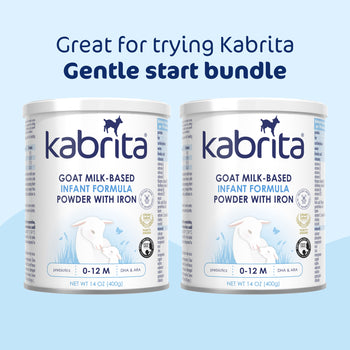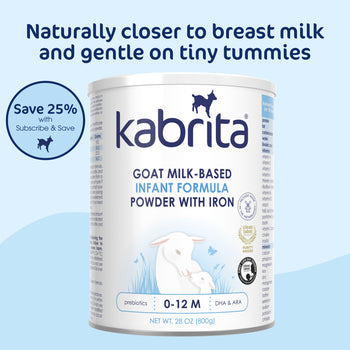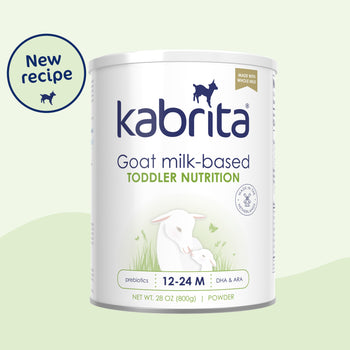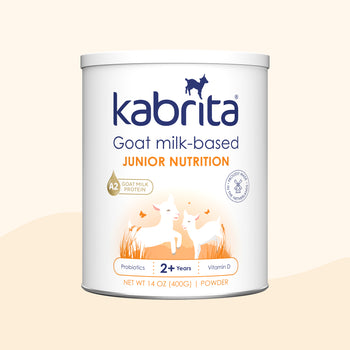Understanding Non-GMO labeling

Almost half of consumers in the US now look for Non-GMO ingredients at the grocery store. Though 64 countries around the world mandate that foods containing GMOs be labeled, the US is currently debating the issue. In the meantime, here are a few facts about GMO labeling and what it means for you and your family.
Non-GMO
When you see the words Non-GMO on an American food label without a third-party verification it typically means that the manufacturer is self-verified and that they are following their own standards and criteria for what Non-GMO means. This is not the case for products imported from Europe.
European Non-GMO
All foods manufactured in the EU must be labeled GMO if they contain more than 0.9% GMO ingredients, based on each individual ingredient. In other words, products with fewer than 0.9% GMO ingredients may be labeled ‘Non-GMO’. In the US one of the largest third-party verification certifiers, The Non–GMO Project, uses the same criteria. Products that contain less than 0.9% GMO ingredients may be verified by Non-GMO Project and carry their famous monarch butterfly certification stamp.
What are the differences between European Non-GMO and Non-GMO Project Verified?
There are a few key differences to be aware of. In Europe, all GMO ingredients must be legally declared on the label. This is the law and has been in effect for over a decade. As a result, all crops and ingredients grown or produced in Europe are predominantly Non-GMO. This applies to animal feed, which is typically comprised of Non-GMO grasses like alfalfa along with Non-GMO soy and corn. The goat milk found in Kabrita Goat Milk Toddler Formula and Foods is produced in The Netherlands where GMO crops are not permitted.
Additional food supplements for animals, such as vegetable-based pellets used during the winter months, do not require GMO labeling. This may mean that the pellets contain GMO ingredients, particularly if they are sourced from the US. Kabrita goats are fed a diet that is ~90% European Non-GMO grass or other Non-GMO feed such as soy or corn. The remaining 10% of the feed may come from pellets if supplementation is required. This does not impact the quality or Non-GMO status of the milk.
Why does Non-GMO Project Verified require animals to be fed Non-GMO feed if the EU does not?
Unlike Europe, the majority of animal feed in the US is comprised of GMO alfalfa, corn, and soy, in addition to pellet supplements animals may receive. Unless the feed has been certified as Non-GMO or organic you can be certain that close to 100% of the animal’s diet comes from US GMO feed. The non-GMO project set the 1.5% tolerance limits for animal feed to ensure that the vast majority of the animal’s diet was also Non-GMO.
The 90/10 rule
We would love Europe to extend the same standard of food GMO labeling to animal feed. This would help us move suppliers towards purchasing Non-GMO verified feed supplement for the approximately 10% of the animal’s diet that may contain GMO ingredients.
Though the end product – in our case the goat milk – meets the standard of less than 0.9% GMO ingredients, full Non-GMO feed throughout the chain would be great news for consumers who want GMOs out of the food supply completely for broader ethical, political and health reasons.
Though we are not quite there yet, we do believe that a 100% GMO-Free future is possible. Purchasing Non-GMO foods from the 64 countries including those in Europe that require GMO labeling, or Non-GMO Project Verified foods from the US will go a long way towards helping us achieve that goal.
Post originally published September 28, 2015
Don’t forget to follow us @hellokabrita for more nutrition and parenting tips!



